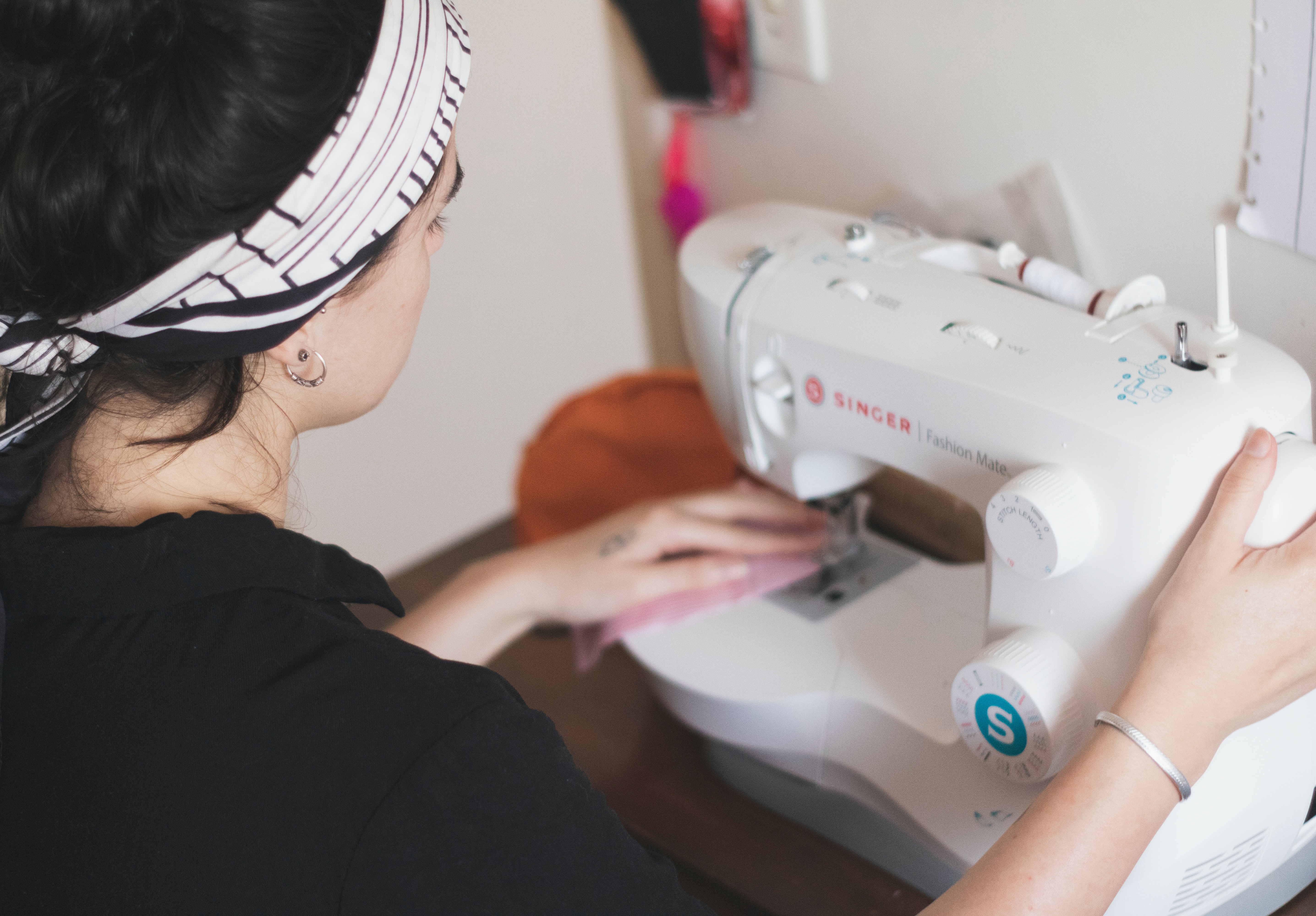Is it Real or is it Plagiarism? The Art of Copying in Fashion

From a young age, students are taught that in the United States it is unethical to plagiarize and that in some cases it’s even illegal. However, in the fashion industry everything seems to be fair game.
In the fashion industry, plagiarism is presenting someone else's designs as your own, with or without consent. This act is frowned upon and illegal in many other creative and manufacturing industries, but often goes unchecked in fashion. Fashion brands ripping off other designers' works is not a secret and has been around forever. But is it fair that the fashion industry continues to allow blatant plagiarism just because it's a creative art form?
There is a huge difference between being influenced by something and outright copying the exact design, which happens frequently in fashion. Because fashion design is seen as an art form, copyright protections are very limited. The Foundation for Economic Education states, “copyright law has traditionally not protected fashion because a garment is considered a ‘useful article’ that combines a utilitarian purpose (covering the body) with the designer’s creative expression.” Copyright law can cover graphic designs (the designs on the surface of items), textile designs (designs imprinted in or on a fabric), and logos. However, color and cut are not protected by copyright laws and the actual entire design is most definitely not eligible for copyright. Similarly, a trademark according to the U.S. Patent and Trademark office can be any word, phrase, symbol, design, or a combination of these things that identifies your goods or services. It’s how customers recognize and distinguish you from your competitors in the marketplace. Pertaining to fashion, the U.S. allows for some color and fabric trademarks, for example the popular SHOCKING PINK made famous by Elsa Schiaparelli. However, it cannot cover a complete work or design made in the SHOCKING PINK color.
Fast fashion brands are founded on plagiarism. SHEIN, an internationally known fashion e-commerce platform which thrives on the trickle-down movement of fashion, constantly steals designs from large and small designers and gets away with it. Social media platforms like Instagram and TikTok are driving forces for the industry as people search for and post about “dupes,” in other words, cheap copies of designers' work.
@charleenmurphyy Thank u for the recommendation @ems ♬ original sound - Charleen Murphy
But fast fashion isn’t the only culprit of plagiarism. Danielle Bernstein, a well-known influencer, and designer of her brand WeWoreWhat posted in 2020 posing in a linen mask with a safety chain attachment. Danielle previously reached out to BySecondWind via Instagram direct message asking for free masks in June of 2020. And in Early July she announced she was launching her own masks nearly identical with the same fabric composition and design. Luckily, she was caught via social media by the original brand with the help of Diet Prada.
A current and interesting example of plagiarism in fashion involves Banksy, a pseudonymous England-based Street artist, whose identity and gender is unknown.They recently called out GUESS, an American clothing company, for creating a clothing line “inspired” by the artist’s work. GUESS never asked Banksy for their permission or approval to use their designs, and Banksy was not happy to see it. The new collection is a partnership with the company Brandalised, which, according to BBC, has a license to sell Banksy memorabilia, although many believe they use others' work on a “legal loophole”.
Graffiti artist Banksy is basically encouraging his followers to shoplift the GUESS on Regent Street after they used his artwork without permission 👀 pic.twitter.com/WWNXu3wwRH
— Georgia Coan (@georgia_coan) November 18, 2022
In their popular Instagram post, the anti-commercial artist strongly encouraged their followers to “help themselves” to the clothing at the Guess store on Regent Street in London, since they so kindly did the same to Banksy's artwork.
Aimee Schott, a Global Communications Master's Student at AUP, strongly believes there is an issue regarding plagiarism in fashion in the U.S. “It makes no sense that people are not held accountable for plagiarizing in fashion, but you can within other industries. It's not fair that someone can have an original idea or design and it's just free for anyone to take. It's blatant stealing and nobody does anything about it.”
On the other hand, France has extensive laws to protect fashion designs. The Fashion Law, a modern media company that explores the legal challenges in fashion says French copyright law grants “originators of all creations of form, even the most modest, a generous bundle of economic and moral rights for a term of life plus fifty years from creation,” and has allowed for the protection of an array of original designs of Parisian houses against copyists. French law also enforces design rights through design protection which is claimed through a French design application. Articles L 512-1 et seq and R 511-1 et seq of the French Intellectual Property State the designs must be “novel and have individual character.” These policies and ideals could be adopted or used as a model by the U.S. to support and protect designs within their country.
The U.S. government continues to allow thievery and large brands, small brands, and in some cases world renowned artists, are unable to protect themselves or their own original designs. Copyright laws should be extended to actual designs of garments so that the fashion industry adheres to the same laws as the rest of the world. The United States has an opportunity and a responsibility to take a leadership position in the protection of complete works of fashion.





